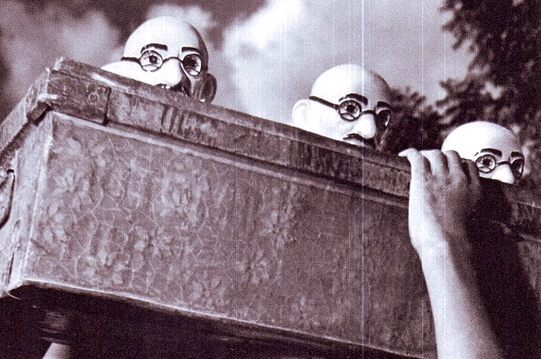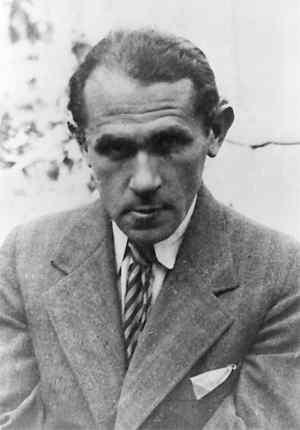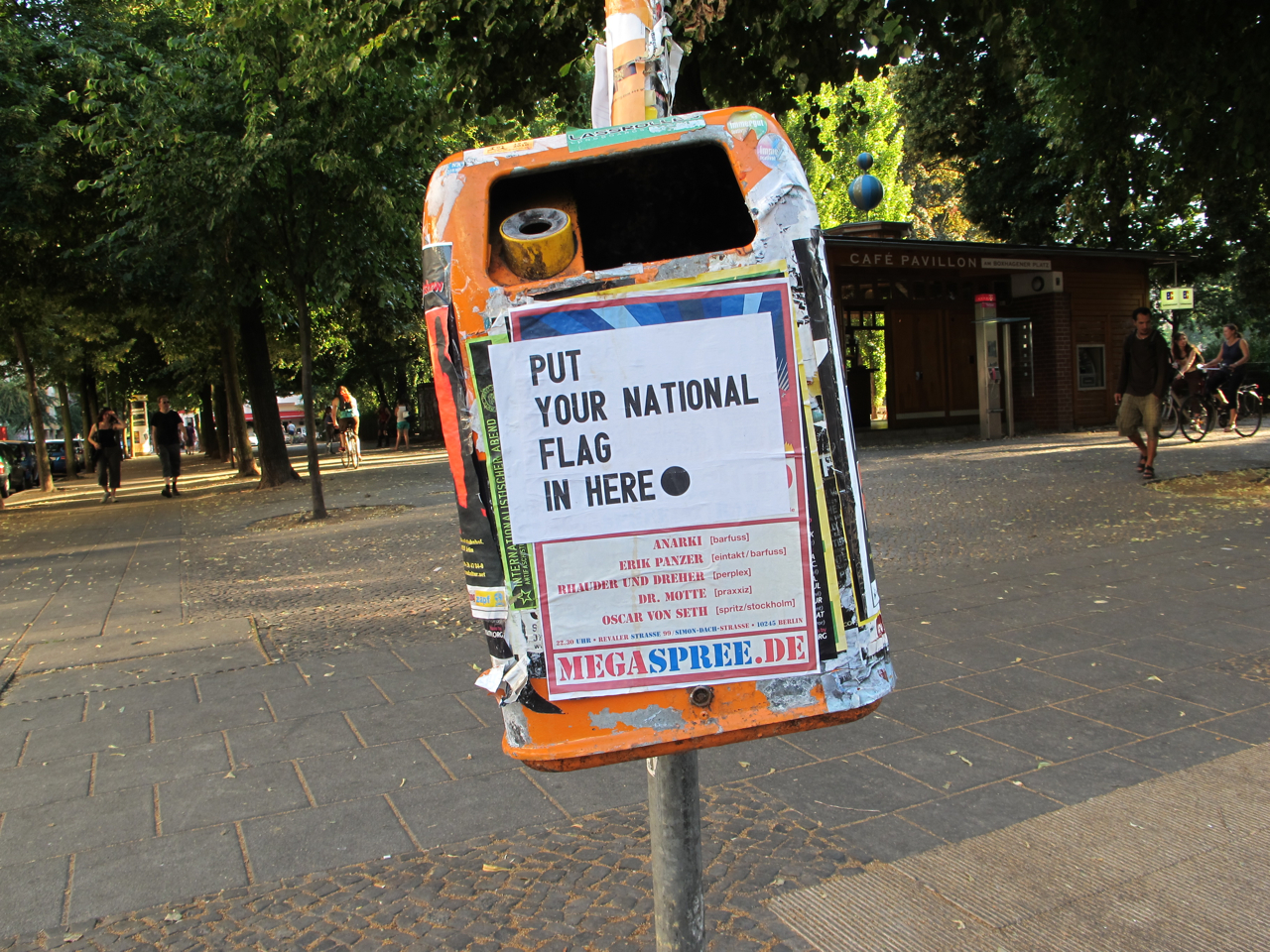Fiction
Intizar Husain is repetitive. A small set of themes and phrases are the motus animi continuus of his oeuvre. Repeated locutions are marked by their colloquiality: khave se khava chilta tha (“shoulder rubbed against shoulder,”) which he uses to signify bygone spaces, ye ja vo ja (“now here and gone,”) marking sudden departures of idiosyncratic individuals in the past. (More…)
Bruno Schulz was a genius. He invented his own language and sensibility. His narrative style and its fantastic voice create a complex reality, much like the piled-high small shops he describes. Schulz has been mislabeled ‘the Polish Kafka,’ a mistake because Franz Kafka had a far more specific social vision that addressed relations between citizen and state. For Schulz, the subjects were self, family, neighbors and the cityscape surrounding them all. His best-known work, The Street of Crocodiles, repeatedly articulates a sense of foreboding. (More…)
Has any conflict in history had more ‘solutions’ than the Israeli-Palestinian conflict? From Tel Aviv, to Ramallah, to the ends of the earth – everyone has an opinion as to who should do what to bring peace to all or victory to some.
At the same time, despite the cacophony of voices, the range of ‘final status’ visions is rather limited. The essential issue is that two self-defined peoples claim sovereignty within one small patch of land. (More…)
![Palestine, early twentieth century. [Library of Congress]](http://sc.joelschalit.com/wp-content/uploads/2017/04/horse-copy.jpg)


